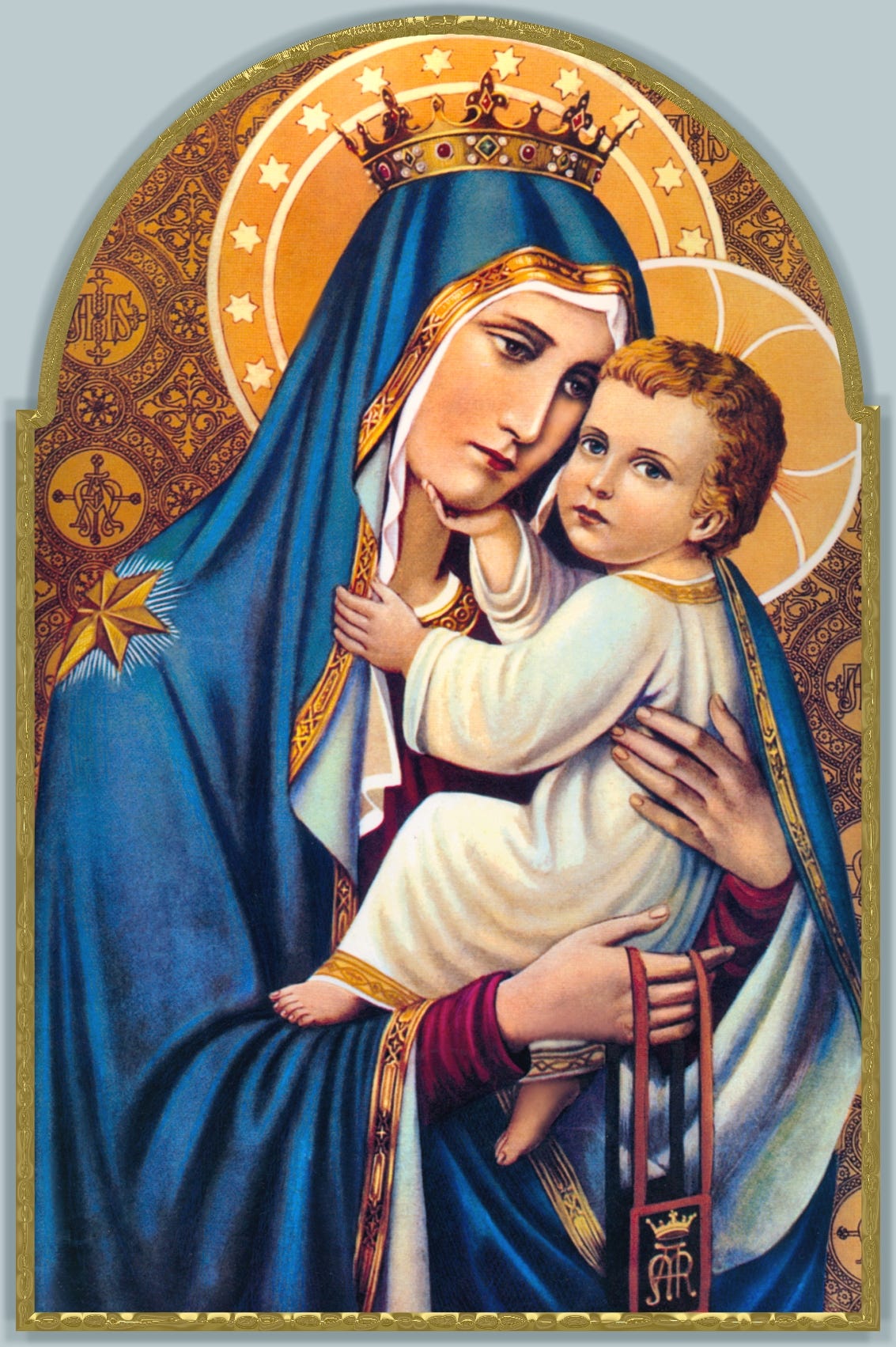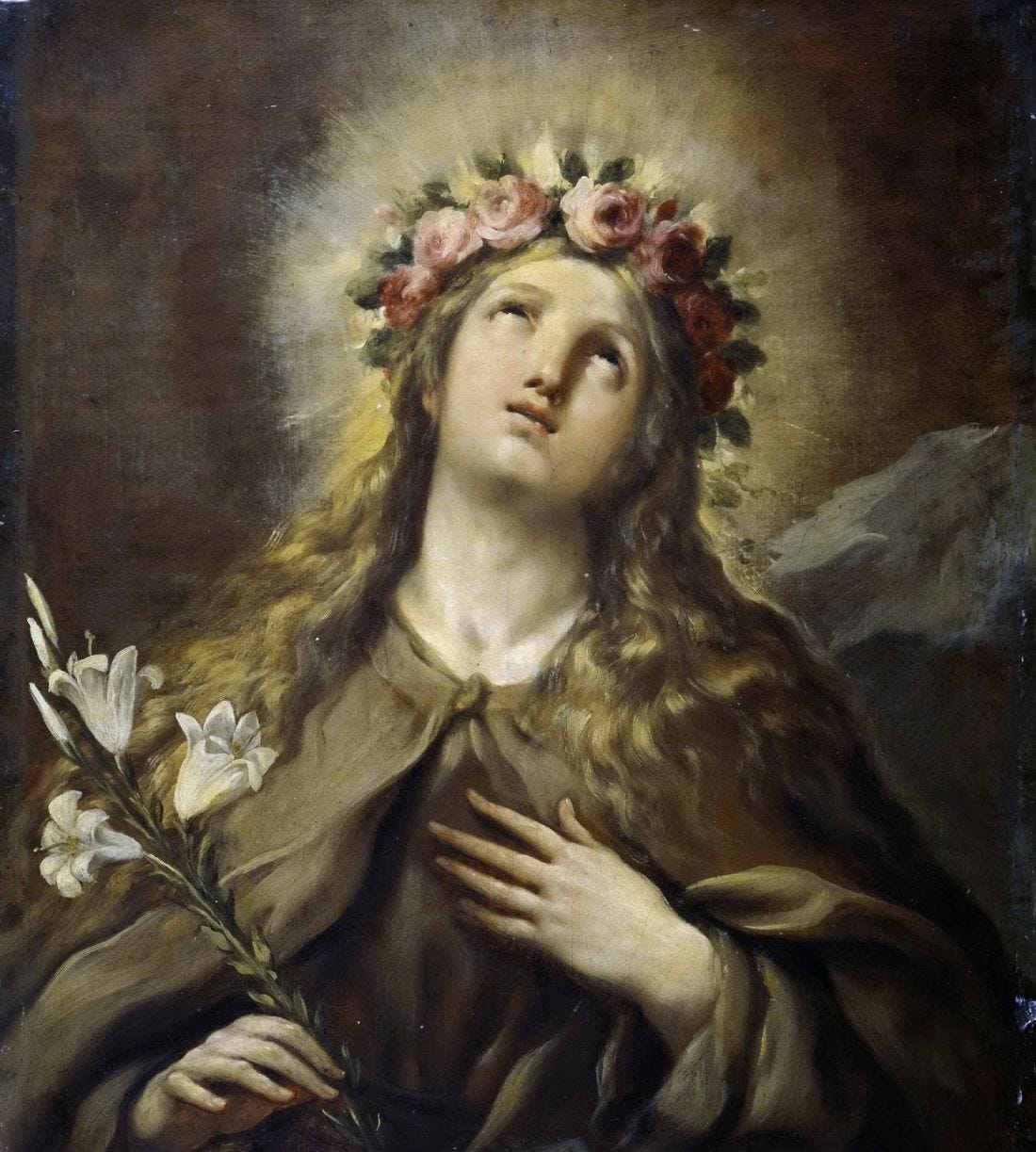Join us in prayer as we begin the nine day Novena to Our Lady of Mt Carmel.
For all those celebrating the Feast Day of Our Lady of Mt Carmel around the world.
For the Carmelite Order and all Lay Carmelites.
For the needs and intentions of all those praying this Novena, the apostolate of the Fraternal Society of St John the Apostle, Epiphany of Our Lord Shrine, the Institute of Christ the King Sovereign Priest, and the Diocese of St Petersburg.
Final Day
O Most Holy Mother of Mount Carmel, when asked by a saint to grant privileges to the family of Carmel, you gave assurance of your Motherly love and help to those faithful to you and to your Son. Behold us, your children.
We glory in wearing your holy habit, which makes us members of your family of Carmel, through which we shall have your powerful protection in life, at death and even after death.
Look down with love, O Gate of Heaven, on all those now in their last agony!
Look down graciously, O Virgin, Flower of Carmel, on all those in need of help!
Look down mercifully, O Mother of our Savior, on all those who do not know that they are numbered among your children.
Look down tenderly, O Queen of All Saints, on the poor souls!
(Mention your request here)
O Mary, conceived without sin, pray for us who have recourse to thee (3x)
Sweet Mother, I place this cause in thy hands (3x)
Please offer three Our Fathers, Hail Marys, and Glory Bes in thanksgiving.
"As holy sites go, the Sanctuary Our Lady of Mount Carmel (OLMC) in East Harlem should be top of list for Catholics visiting New York. There have been several documented miracles that have been performed by the Blessed Mother at this Shrine. The image located here was proclaimed miraculous by His Holiness Pope Leo XIII and crowned during the pontificate of Pope St. Pius X on July 10th, 1904. It is one of the 3 most holy sites in the Americas as coronated by Pontifical Authority. The two others are Our Lady of Prompt Help in New Orleans, and the Lady of Guadalupe, Mexico. OLMC was built by the neighborhood's Italian immigrant parishioners (who upon completing the cathedral in the style of an Italian mountain village basilica, were only permitted to worship down in its basement). The church has been the center of a religious feast in the street out front each July for the past 140 years. At one time was attended by upwards of 500,000 people. Today, services are offered in English, Spanish, French, Italian, Polish and Latin."
U Fistinu: The Glorious Feast of Santa Rosalia in Palermo
The Virgin of Palermo: A Sicilian Saint's Enduring Legacy
Carissimi, gather close and let me tell you the story of Santa Rosalia, la Santuzza, the Little Saint who saved Palermo from plague and whose feast burns bright in the heart of every true Sicilian. This is not just a story of a saint, but a testament to faith, suffering, and divine intervention that runs as deep as the roots of our ancestral olive trees.1
The Early Life of a Noble Maiden
Born in 1130 to the Norman nobility of Palermo, Rosalia Sinibaldi was no ordinary woman. Descended from the powerful Hauteville family that ruled Sicily, she chose a path far from royal courts and worldly power. From her earliest years, Rosalia was consumed by a divine calling that would transform her from a noble maiden to the spiritual protector of an entire city.
"I have chosen the narrow path, forsaking all worldly pleasures for the love of Christ." - St. Rosalia
Rejecting marriage and nobility, she retreated to the wild caves of Monte Pellegrino, living as a hermit in profound contemplation and prayer. Her life was a radical testimony to the words of St. Paul: "The world is crucified to me, and I to the world" (Galatians 6:14).
The Miraculous Intervention of 1624
In the sweltering summer of 1624, Palermo faced its darkest hour. A devastating plague swept through the city, claiming thousands of lives. Corpses lined the streets, and despair consumed the population. It was in this moment of absolute terror that Santa Rosalia would reveal her true power as the city's protector.
According to tradition, she appeared to a sick woman and to a hunter, revealing the location of her relics and commanding that they be carried in procession through Palermo. When her bones were discovered and paraded through the city, the plague miraculously ceased. Where death had reigned, life and hope were restored.
U Fistinu: A Celebration of Faith and Survival
The feast of Santa Rosalia, known as U Fistinu, is more than a religious celebration—it's the very heartbeat of Palermo. From July 10th to July 15th, the city transforms into a living, breathing testament of faith and cultural identity.
The Magnificent Chariot Procession
The centerpiece of the celebration is the massive, ornate chariot (Vara) that carries the saint's statue through Palermo's streets. This isn't just a parade—it's a moving work of art, a theological statement, a cultural performance that has remained virtually unchanged since the 17th century.
Key elements of the procession include:
A 40-foot-high chariot depicting biblical and historical scenes
Thousands of candles and elaborate decorations
Musical bands playing traditional Sicilian hymns
Devotees dressed in traditional costumes
Historical Details of the Procession
Spiritual Significance
For Sicilians, this feast represents:
Deliverance from suffering
Community resilience
Unbreakable faith
Cultural identity
Theological Reflections
Santa Rosalia embodies the profound Catholic understanding of redemptive suffering. Her life demonstrates how complete abandonment to God's will can transform individual lives and entire communities.
Her story reminds us that:
Holiness often emerges from unexpected places
True nobility is measured by spiritual, not worldly, standards
Divine intervention is real and tangible
https://fisheaters.com/santarosalia.html








